Holly Stables is a British distance runner, ultrarunner and coach. A former elite road marathoner, she represented Great Britain at the 2010 European Athletics Championships in Barcelona, helping secure a team silver, and placed 8th in the marathon at the 2010 Commonwealth Games in Delhi. She has also earned team medals at the World Long-Distance Mountain Running Championships, including bronze and silver.
Since transitioning into the ultra-trail world, Holly has co-founded RushByNature with her husband Pete, where she coaches, mentors, and fosters a grassroots ethos. She has gone on to complete some of the world’s toughest endurance challenges, including her first 100-mile race in 2017, wins at Ultravasan and the North Downs Way 50, a 7th-place finish at the Comrades Marathon, and strong performances at CCC, UTMB and TDS. She has even solo-run the Annapurna Circuit and summited Mont Blanc.
Most recently, in 2025, Holly completed The Speed Project, running over 300 miles solo from Los Angeles to Las Vegas in brutal desert conditions, finishing second overall. Soon after, she embarked on her next ultra-endurance challenge: running over 400 km across France as part of The Speed Project Europe.
With a Master’s degree in sports coaching, a Level 2 Run Coach accreditation and sports therapy qualifications, Holly combines her wealth of practical experience with deep expertise in performance and recovery. Here, she shares her thoughts on integrating Blood Flow Restriction (BFR) into her routine.

As endurance athletes, we’re always looking for smart ways to enhance performance without piling on unnecessary training volume. Enter Blood Flow Restriction, a method once reserved for rehab clinics and elite sports labs, now available for everyday athletes through innovative products like Hytro’s BFR wearables.
Performance BFR involves applying controlled pressure to limbs to restrict venous blood flow while maintaining arterial inflow. This “occlusion” tricks the body into thinking it’s working harder than it is, stimulating muscular adaptations at lower intensities. For endurance athletes, that means we can reap strength and endurance benefits without excessive mechanical load, critical when managing fatigue or recovering from injury.

What makes Hytro stand out is its ease of use. Unlike traditional BFR cuffs that require precise placement and pressure calibration, Hytro has integrated BFR straps into high-performance garments. With a simple strap and lock mechanism, you can safely occlude blood flow during specific sessions, whether it’s strength work, mobility routines, or even short recovery walks.
While BFR is known for its strength and hypertrophy benefits, my primary use has been for recovery. Using Hytro’s BFR Performance Shorts after key training sessions has helped accelerate my muscle repair and reduce soreness, allowing me to stay consistent with my training load. The increased blood flow and enhanced nutrient delivery post-hard session are subtle but powerful recovery tools, especially when balancing heavy training blocks.
One of the major advantages of Hytro's BFR Performance Shorts compared to traditional recovery tools, like compression sleeves or pneumatic compression boots, is their portability and simplicity. Compression boots require being plugged into a power source, making them impractical for travel or mid-race use. Hytro’s shorts need no external devices or power, meaning I can use them anywhere, before a run, in between race stages, or immediately after a long training session. It’s active recovery on the go, without being tethered to a wall socket.
Since incorporating them into my routine, I have felt a greater and longer-lasting benefit from using the shorts than from any other compression tool. I love to use them at home for recovery by doing 3 x 5-minute recovery sets while relaxing on the sofa or doing simple jobs around the house. It is easy to strap in and out, with a 2-minute break in between each occlusion, with a flushing effect upon each release.

During my recent ultramarathon, I used the Hytro BFR Performance Shorts strategically mid-race and post-stage to help flush the legs and keep me moving for longer. In events where cumulative fatigue can make or break performance, having a recovery tool like this is the difference between fading and finishing strong.
Of course, BFR isn’t a shortcut. It’s a complement to my training, not a replacement. But for endurance athletes chasing marginal gains while managing the tightrope of volume, fatigue, and recovery, it could be a game-changer.
I’ll continue documenting my sessions using Hytro, sharing how I’m applying it in training blocks and races, and how it impacts my recovery and strength maintenance. If you’ve been curious about BFR but found it too technical or intimidating, Hytro has made it accessible.
Explore the Hytro BFR wearables range, or get in touch with team sales to bring accessible, practical recovery to your athletes.

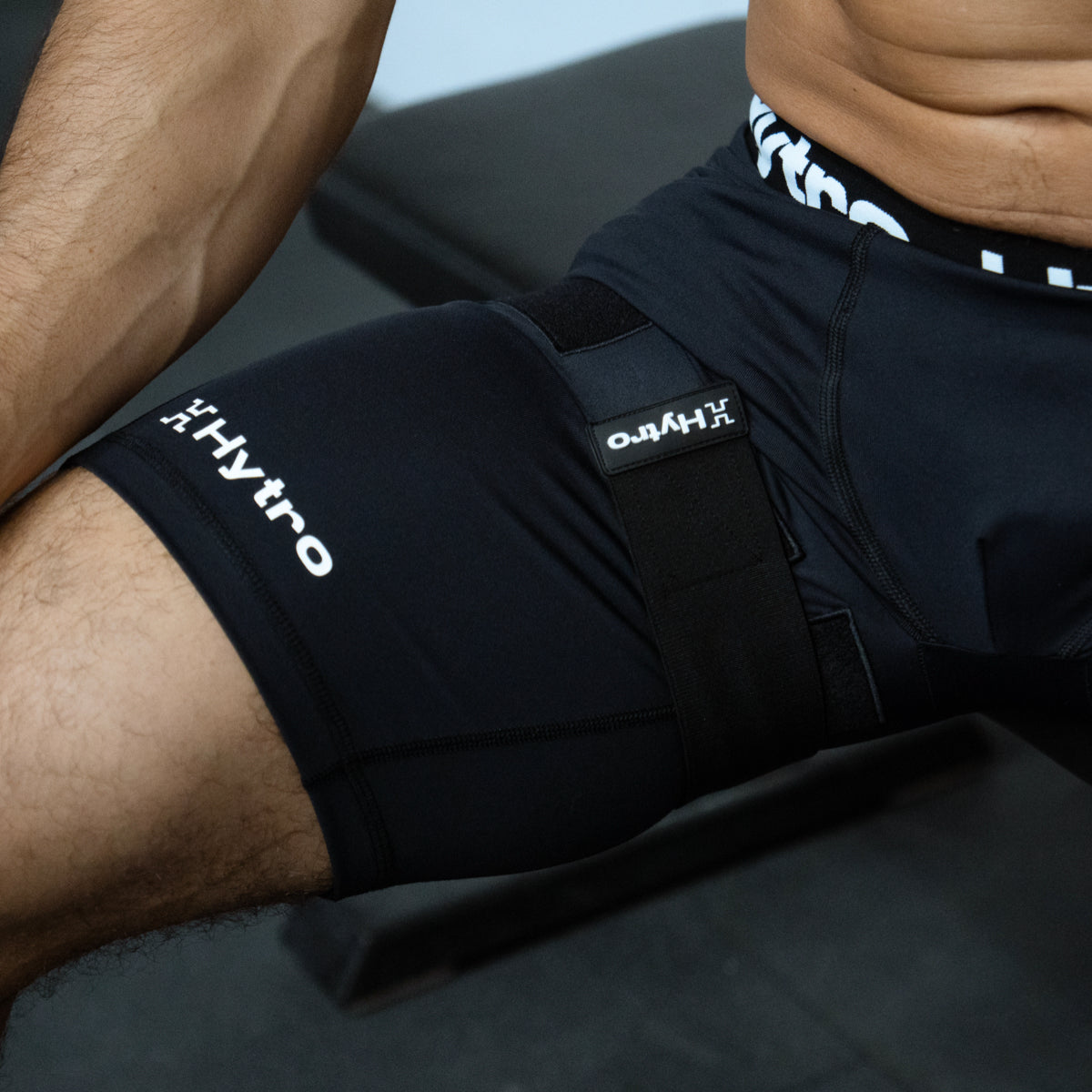
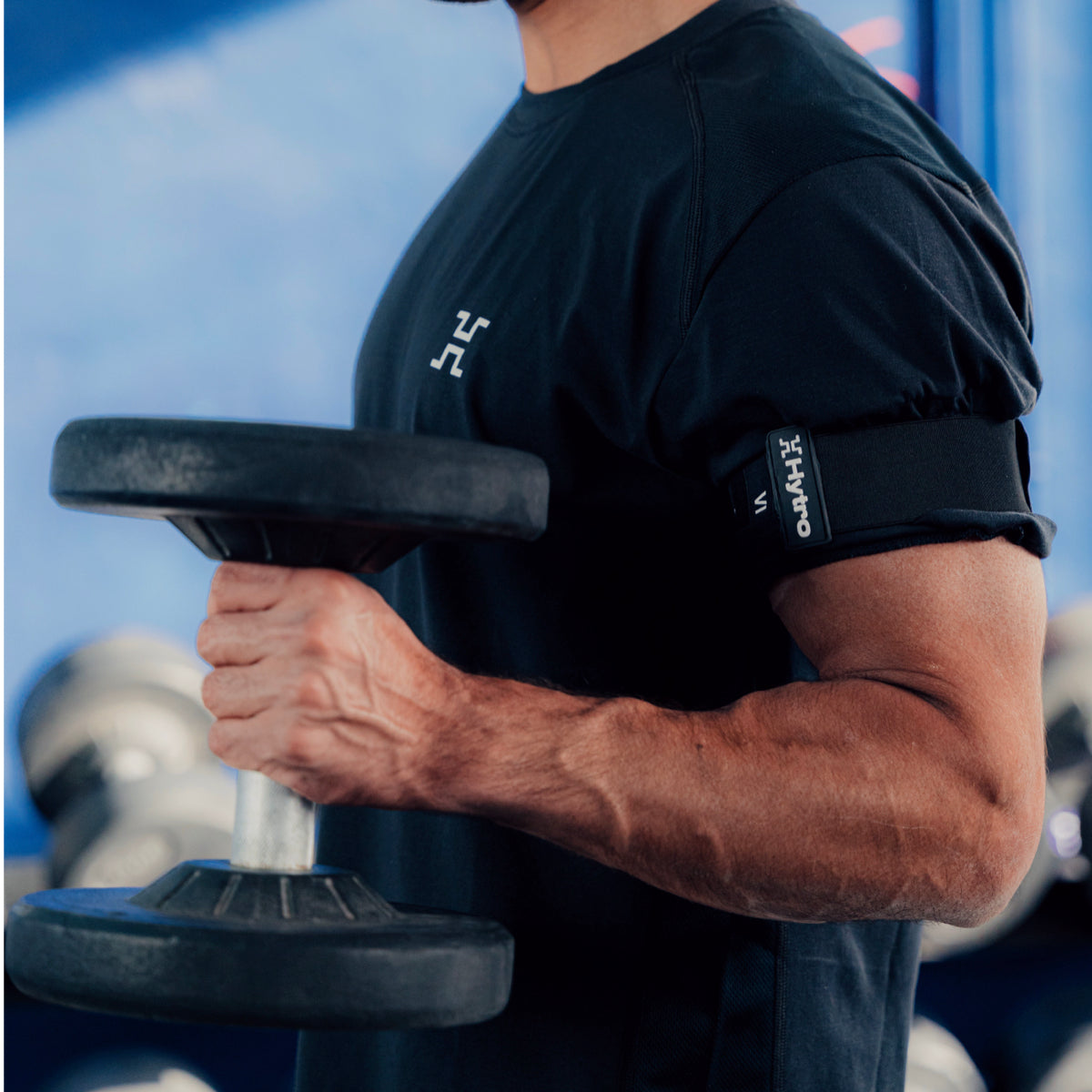
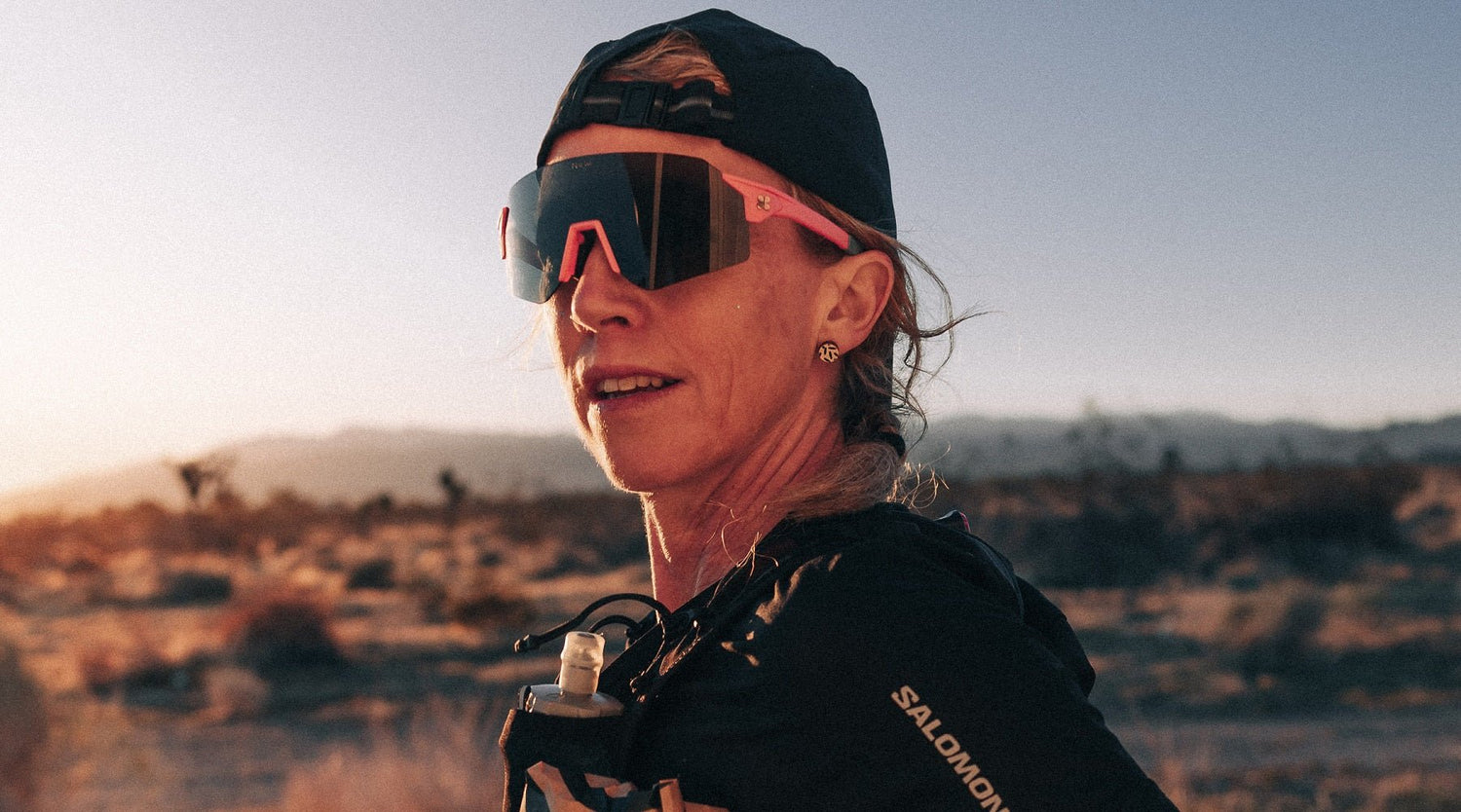
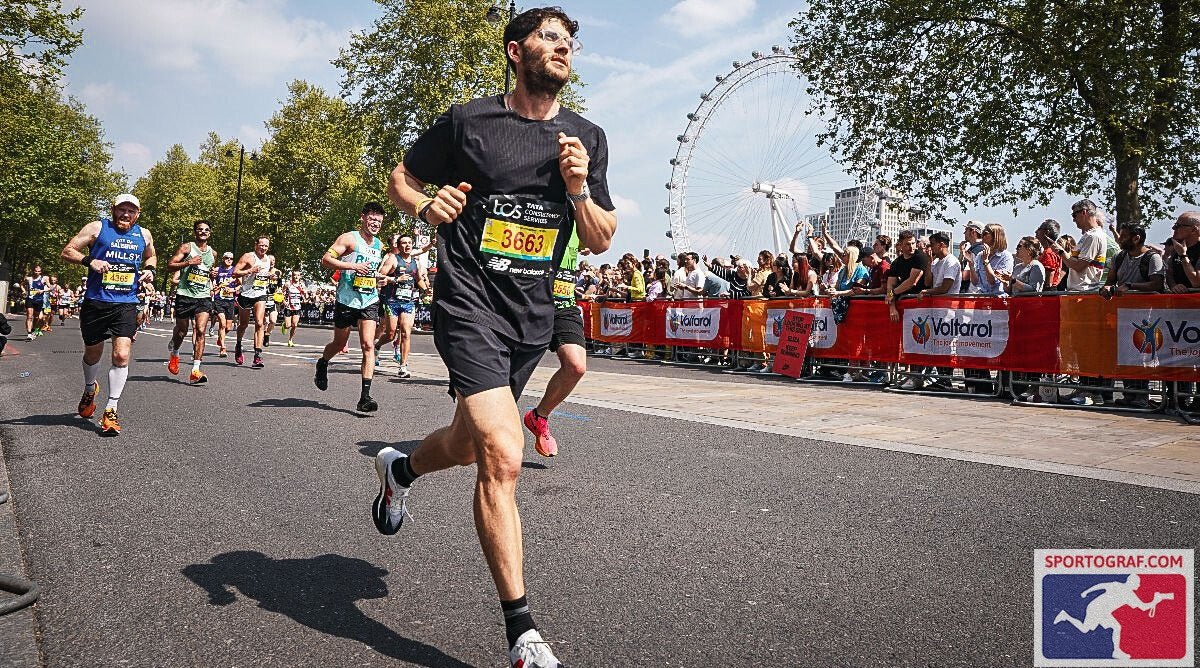
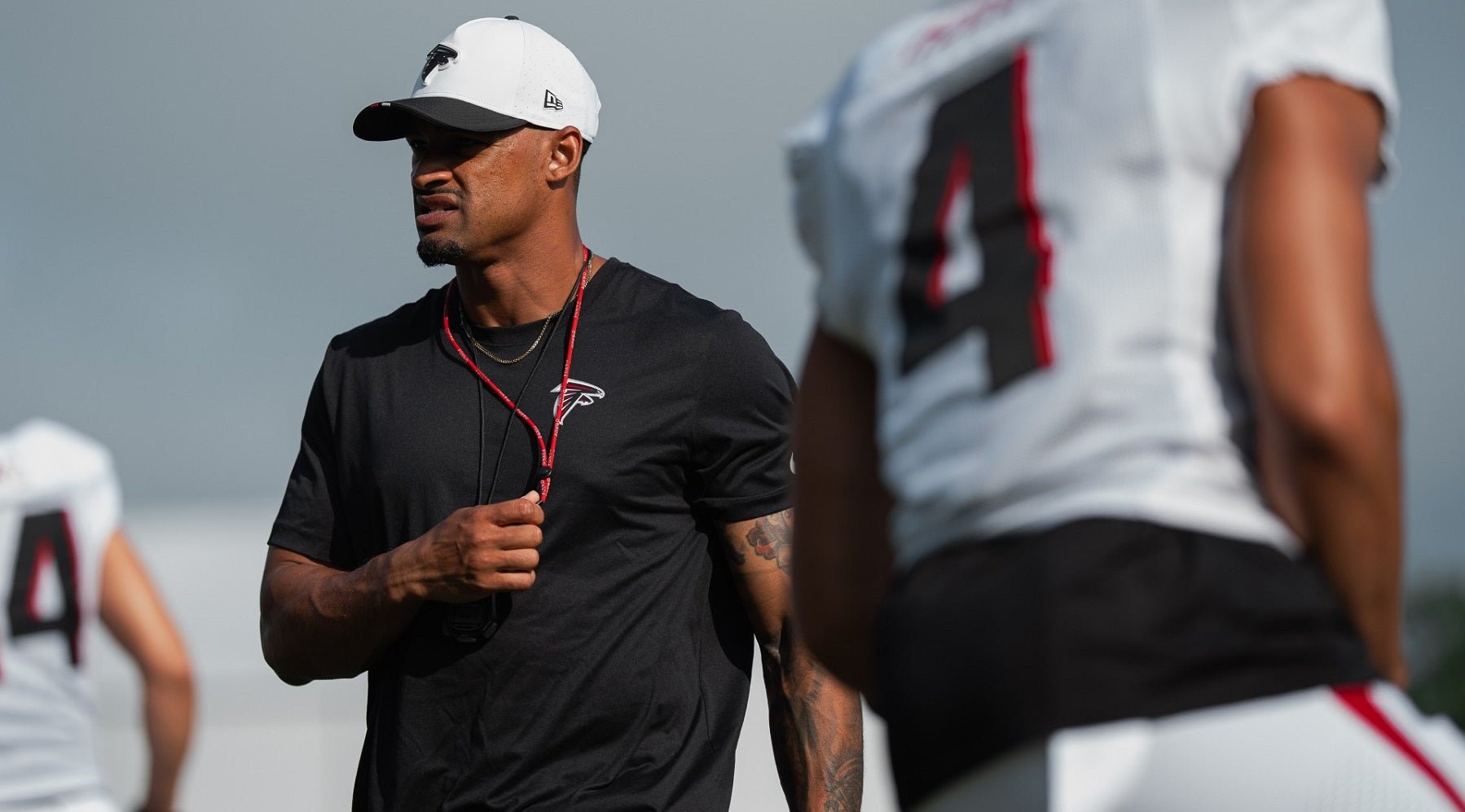
Leave a comment
This site is protected by hCaptcha and the hCaptcha Privacy Policy and Terms of Service apply.